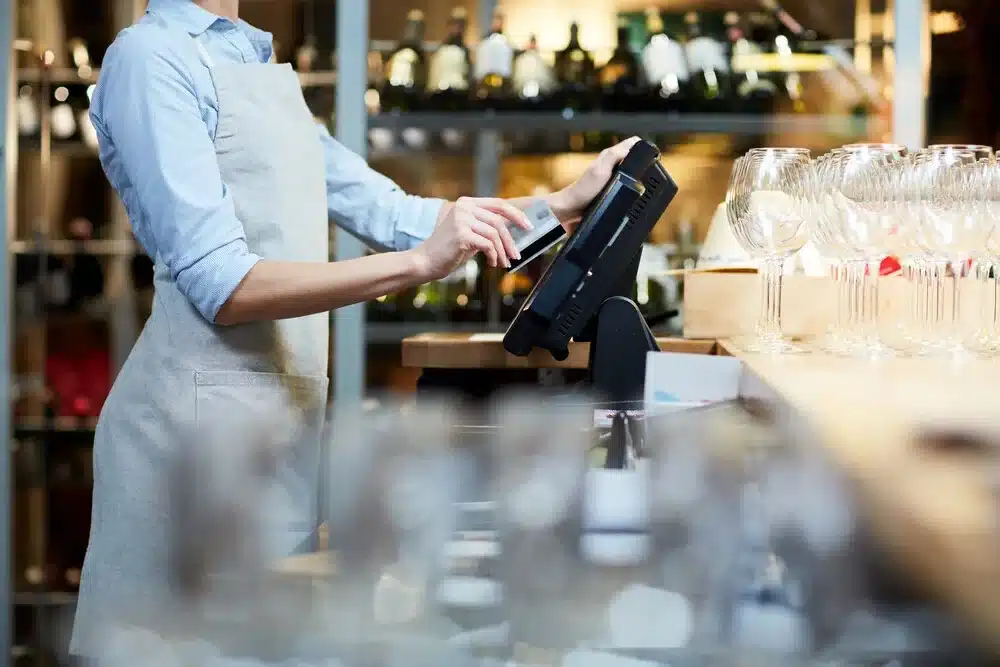For the past year, restaurant owners have been looking forward to the day when states would lift occupancy restrictions, and they could operate at full capacity. But even with many of these restrictions gone, restaurants and hospitality owners feel the strain of COVID-19 more than ever.
Supply chain problems, labor shortages, and rising costs have hit the restaurant industry hard. And increasing cases of the delta variant have many people concerned that normalcy is nowhere in sight.

Data shows ongoing challenges for restaurants
Goldman Sachs recently published data from its 10,000 Small Business Voices initiative. This program is designed to help small business owners advocate for policy changes to help their businesses and communities. According to Goldman Sachs, most small business owners continue to struggle with the ongoing effects of the pandemic. And their optimism about the economy is dwindling. Only 38% of respondents feel the country is headed in the right direction, a 29% decrease since June. 74% of small business owners are worried about how rising COVID infection rates will affect their business. Most restaurant owners continue to deal with supply chain problems, issues with hiring, and rising costs. 93% have dealt with high costs due to inflationary pressure, causing a negative impact on cash flow. For instance, the costs of certain types of produce and meats have skyrocketed over the past month. Whereas other products are difficult to find altogether. So restaurants are put in the position of either losing money or raising their prices and risking losing their customers. In addition, restaurants continue to deal with workforce challenges. And 79% of business owners say these problems have worsened as a result of the pandemic.How restaurants can turn things around
There is no easy solution to the problems the restaurant and hospitality industries are facing. But one of the best things small business owners can do is focus on maintaining their cash flow. Maintaining your cash flow will ensure that you have the money on hand to maintain operations and deal with financial problems as they arise. Here are a few ways to do this:- Keep inventory low: One of the best ways to optimize your cash flow is to keep your inventory low. Take a look at your menu and evaluate which items aren’t selling well. This can help you identify some areas you can cut.
- Stay on top of vendors: Stay on top of vendor invoices and track your numbers to watch out for contract violations. If you run multiple restaurant locations, it’s also a good idea to ensure you’re paying the same price across all locations.
- Review employee scheduling: Labor is one of the biggest expenses most businesses have. It’s a good idea to check your employee schedules throughout the week to ensure you’re adequately scheduling based on customer demand.
- Consider lending options: And finally, many restaurants can benefit from a line of credit while they turn business operations around. A line of credit can help you deal with rising costs and offer incentives to bring on new employees.


